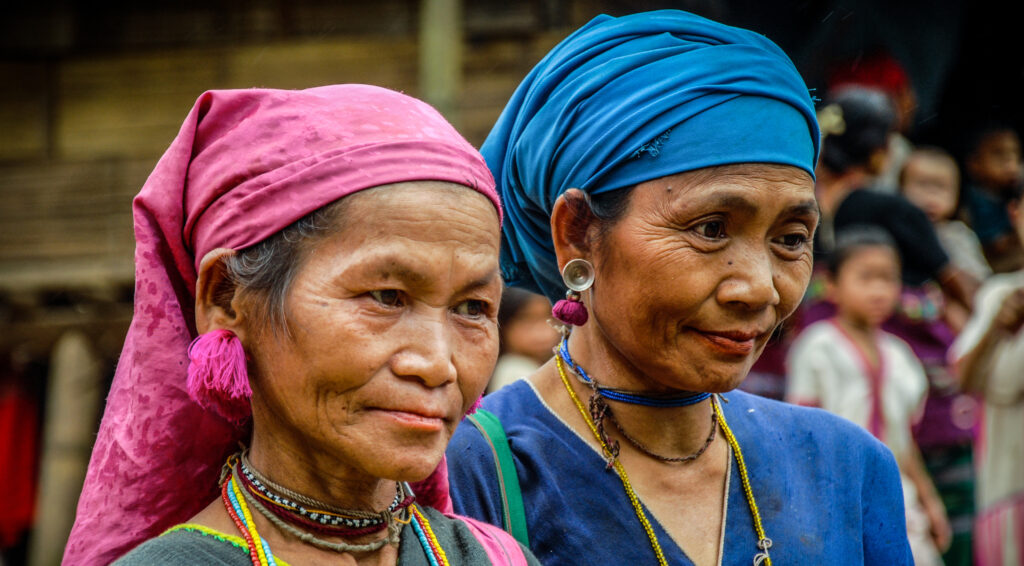
In Myanmar, culture has been both a source of conflict and a bridge for dialogue. In 2012, clashes between Rakhine Buddhists and Rohingya Muslims arose in northern Rakhine State. This preceded the 2013 Anti-Muslim riots in Meiktila, where tensions between Buddhist and Muslim ethnic groups led to an escalation of violence. In 2017, the Rohingya crisis unfolded, involving persecutions and killings of the Muslim Rohingya. The politicization and manipulation of cultural expressions, particularly around ethnic identities and religious beliefs have heightened tensions and disputes, complicating peacebuilding efforts. Artists and cultural practitioners face significant challenges such as a lack of inclusive education and safe spaces for dialogue. They need protective measures and supportive policies to enable art and culture to serve as tools for peace, not conflict.
The Culture for Peace (C4P) project, conducted from 2020 to 2023, was designed to address these challenges by using art and culture to promote intercultural dialogue, non-discrimination, and respect for diversity. Co-funded by the European Union and implemented by Helvetas Myanmar, Religions for Peace Myanmar, and The Local Resource Centre, the project has played a pivotal role in strengthening the capabilities of local CSOs, artists, and interfaith groups.
As part of the C4P project, 300 local CSOs were trained and received grants to utilize art and culture for peace and social cohesion. They established safe spaces for dialogue, assisted communities in organizing artistic and cultural events and developed initiatives for social good, peaceful coexistence, and the celebration of diversity. They successfully connected people, fostered dialogue, built trust among different groups, and contributed to the preservation of cultural heritage.
In addition to supporting CSOs, the project also focused on strengthening the resilience and professional development of individuals in the cultural sector. By ensuring that they are aware of their rights to freedom of expression, they can become catalysts for social transformation. To this end, 114 additional grants were awarded to artists to produce various artworks, including traditional crafts, paintings, sculptures, theater, dance, and music performances reflecting Myanmar’s rich cultural tapestry. This work served as powerful medium for conveying stories, emotions, and messages transcending language barriers. For instance, non-verbal street theater promoted pluralism, while music performances advocating for peace and expressing the suffering caused by war sparked reflection and evoked deep emotions.
Such artistic expressions emerged from collaborations between artists and communities which have, in turn, contributed to the creation of Civic Engagement Networks. These networks have developed strategic action plans to sustain and expand their impact beyond the C4P project’s duration. Their continuation is vital as the C4P project has demonstrated that arts, artists, and cultural practitioners play a crucial role in rebuilding a cohesive society and promoting reconciliation after the Civil War. A significant output of the C4P project, the Pluralism Toolbox, which incorporates various methods to guide CSOs, artists, and interfaith groups in Myanmar in their contribution to peace and pluralism, will hopefully support this continuity.
For more information read this project publication and this lessons learned study.